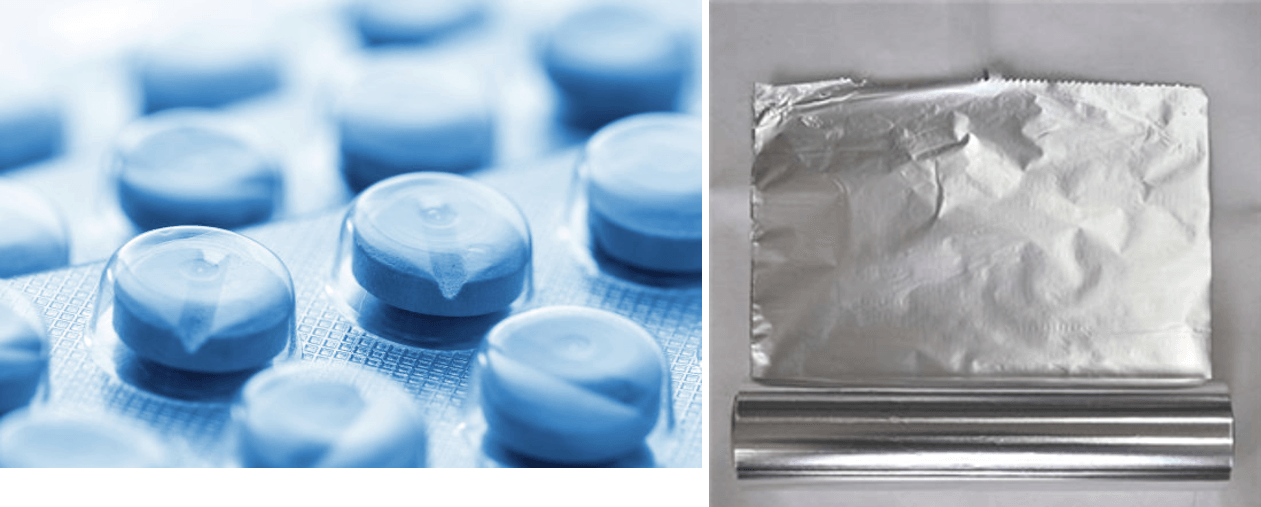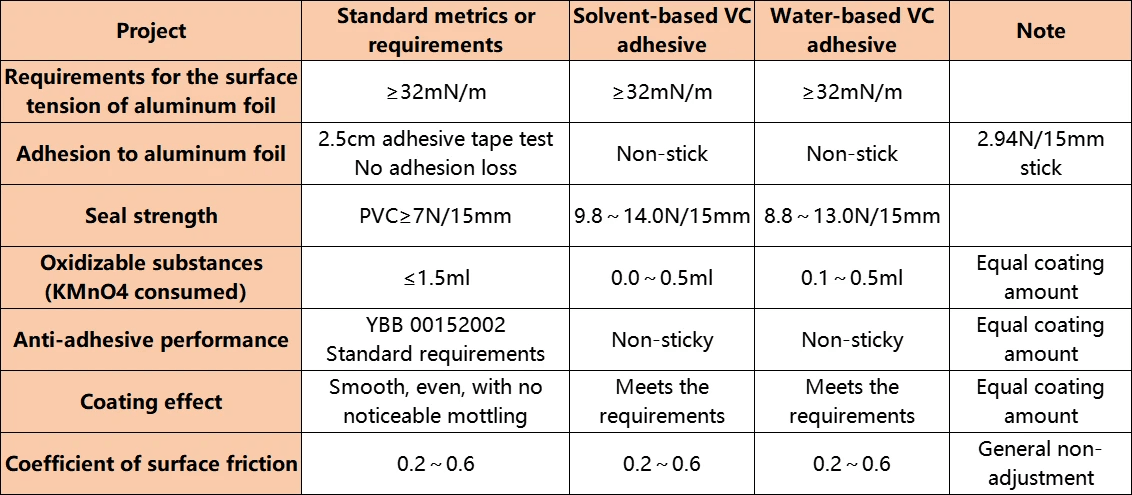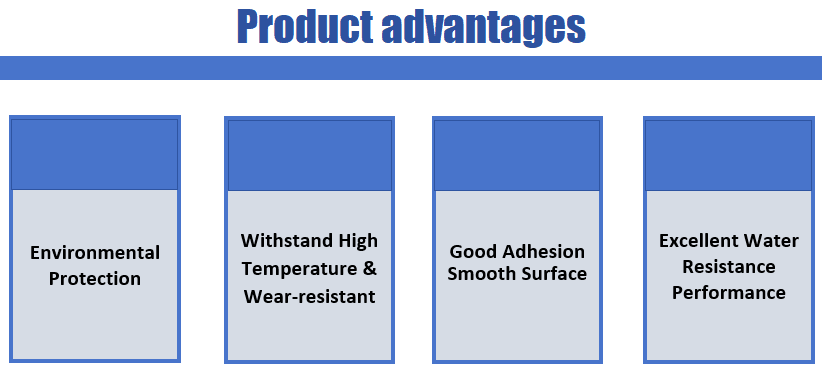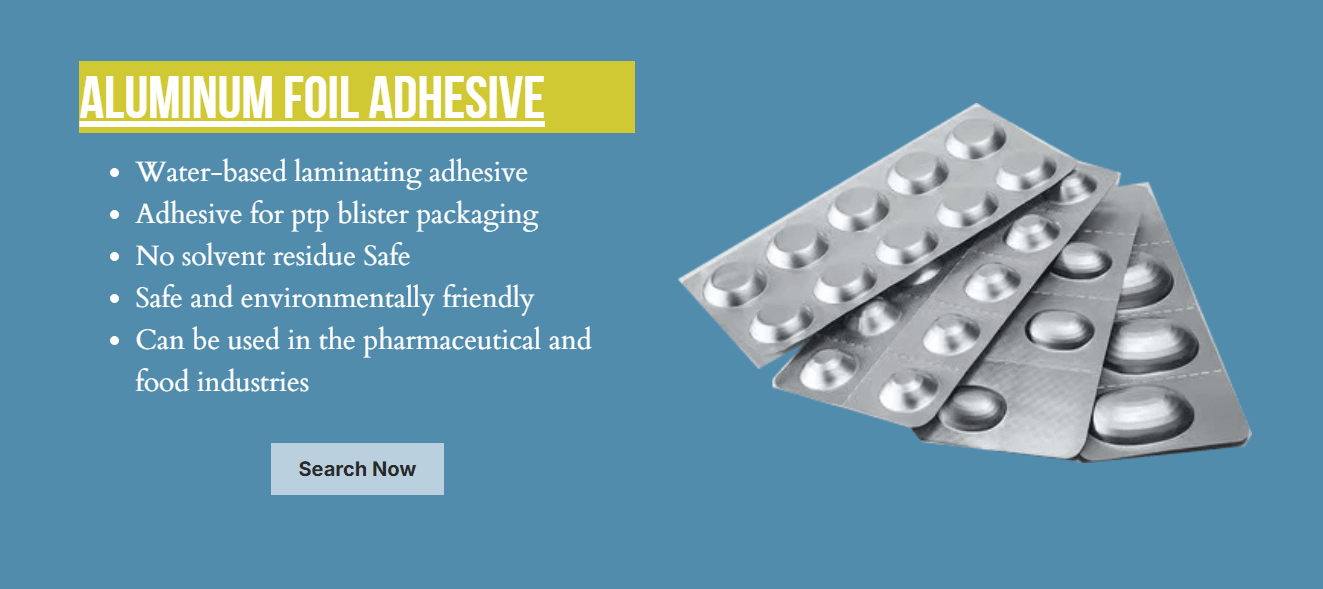Introduction

In the world of manufacturing and packaging, heat seal bonding stands out as a crucial technique for creating durable, airtight seals that ensure product integrity. The process involves applying heat and pressure to join materials together, making it a preferred choice across various industries. Understanding the nuances of heat seal bonding is essential for anyone involved in production or packaging processes.
Understanding Heat Seal Bonding
Heat seal bonding is a method that utilizes thermal energy to fuse two materials together, creating a strong bond without the need for additional adhesives. This technique not only enhances the durability of products but also streamlines manufacturing processes by reducing assembly time and costs. In essence, mastering what heat seal adhesive entails can lead to significant improvements in efficiency and product quality.
The Importance of Heat Seal Techniques
The significance of heat seal techniques cannot be overstated; they play an essential role in ensuring that products remain intact and safe from external factors like moisture or contamination. By employing precise temperature control and timing during the sealing process, manufacturers can achieve optimal results that meet industry standards. Consequently, understanding what is the heat seal technique allows businesses to maintain high-quality production while minimizing waste.
Applications of Heat Seal Adhesives
Heat seal adhesives are versatile tools used in various applications ranging from food packaging to medical supplies and consumer goods. Their ability to create reliable seals makes them indispensable in industries where product freshness and safety are paramount. When exploring what is the process of heat seal coating, one can appreciate how these adhesives contribute significantly to enhancing overall product performance across multiple sectors.
What is Heat Seal Bonding?

Heat seal bonding is a process that utilizes heat and pressure to create a strong, durable bond between materials, often used in packaging and manufacturing. This technique involves melting the surface of the materials being joined, allowing them to fuse together upon cooling. Understanding what heat seal bonding entails can help industries optimize their production processes and enhance product quality.
Definition and Overview
At its core, heat seal bonding refers to a method where heat is applied to specific areas of two materials—typically plastic films or laminates—causing them to melt slightly and adhere when pressure is applied. This technique can be found in various applications ranging from food packaging to medical supplies, where airtight seals are crucial for preservation and safety. Essentially, it’s about making sure that your products stay intact without the need for traditional adhesives.
Benefits of Heat Seal Bonding
One of the primary benefits of heat seal bonding is its ability to create strong seals quickly, which enhances production efficiency. Unlike conventional adhesive methods that may require drying time or curing periods, heat sealing provides an instant bond that can significantly speed up manufacturing processes. Additionally, this technique offers excellent resistance to moisture and contamination, ensuring that products remain safe during storage and transport.
Moreover, heat seal bonding can reduce material costs since it often requires less adhesive than traditional methods while providing equal or superior strength. This cost-effectiveness combined with enhanced durability makes it an attractive option for many manufacturers looking to streamline operations without sacrificing quality.
Common Industries Using Heat Seal Bonding
Heat seal bonding finds its way into numerous industries due to its versatility and reliability. The food packaging industry heavily relies on this technique for creating vacuum-sealed packages that extend shelf life while keeping products fresh. Similarly, the medical sector uses heat seal bonding for sterile packaging solutions designed to protect sensitive instruments and supplies from contamination.
Other sectors benefiting from this technology include textiles, automotive parts manufacturing, and electronics packaging—each utilizing what is the heat seal technique in unique ways tailored to their specific needs. As industries continue evolving with new technologies, we can expect even more innovative applications emerging around the concept of heat seal bonding.
What is Heat Seal Adhesive?

When diving into the world of heat seal bonding, one cannot overlook the pivotal role of heat seal adhesives. These specialized adhesives are designed to create strong bonds between materials using heat and pressure, making them indispensable in various industries. Understanding what is heat seal adhesive is crucial for anyone involved in manufacturing, packaging, or product design.
Types of Heat Seal Adhesives
Heat seal adhesives come in several varieties, each tailored for specific applications and materials. Common types include solvent-based adhesives, water-based adhesives, and hot melt adhesives. Each type has unique properties that influence its performance in the heat seal technique; for instance, water-based adhesives are often favored for their eco-friendliness while providing excellent adhesion.
The choice of adhesive can significantly impact the outcome of the heat sealing process. Solvent-based options might offer superior strength but can have environmental drawbacks due to volatile organic compounds (VOCs). On the other hand, hot melt adhesives provide quick bonding benefits but may require careful handling during application.
Factors Influencing Adhesive Selection
Selecting the right adhesive for your project involves considering several key factors that dictate performance and effectiveness in heat seal bonding. First and foremost is the compatibility with substrate materials; different plastics or films may react differently with certain adhesives. Additionally, temperature resistance plays a critical role since some applications may expose bonded materials to extreme conditions.
Another essential consideration is curing time—how quickly does the adhesive set? Fast-curing options are ideal for high-speed production lines where efficiency is paramount. Lastly, environmental regulations also influence adhesive selection; manufacturers increasingly prefer sustainable options that align with green initiatives without compromising quality.
Real-World Examples of Heat Seal Adhesives
Real-world applications of heat seal adhesives showcase their versatility across various sectors—from food packaging to medical devices. In food packaging, companies use specialized heat seal coatings that ensure airtight seals while maintaining product freshness—a vital aspect when it comes to consumer safety and satisfaction.
In medical settings, biocompatible heat seal adhesives bond sterile packages securely while preventing contamination during storage and transport—demonstrating how critical these products are in life-saving scenarios. Similarly, electronics manufacturers rely on these adhesives to protect sensitive components from moisture or dust ingress through effective sealing techniques.
What is the Heat Seal Technique?

The heat seal technique is a method used to bond materials together using heat and pressure, creating a strong and durable seal. This process is widely adopted in various industries, particularly where packaging and product integrity are paramount. Understanding what the heat seal technique entails can significantly enhance its application in manufacturing and product development.
Overview of the Heat Seal Technique
At its core, the heat seal technique involves melting a layer of adhesive or thermoplastic material between two substrates, which then cools to form a solid bond. This method is favored for its efficiency and effectiveness, particularly in high-speed production environments. When exploring what is heat seal adhesive?, it’s essential to recognize that these adhesives are specifically designed to withstand the rigors of heat sealing while providing superior bonding strength.
Equipment Used in Heat Sealing
The equipment used in the heat sealing process varies depending on the materials involved and the desired outcome. Common machines include impulse sealers, continuous band sealers, and rotary sealers—all tailored for specific applications within industries like food packaging or medical supplies. Knowing how to select appropriate equipment plays a crucial role in mastering what is the heat seal technique?, as each machine offers unique benefits that can enhance efficiency and effectiveness.
Key Considerations for Effective Heat Sealing
When implementing effective heat sealing practices, several key considerations come into play that can make or break your project. First, factors such as temperature control, pressure application, and dwell time must be meticulously monitored to ensure optimal bonding without damaging materials. Additionally, understanding what is the process of heat seal coating? can provide insights into how coatings might influence adhesion properties during this critical phase of production—ensuring you achieve reliable results with every run.
What is the Process of Heat Seal Coating?

Heat seal coating is a critical step in the realm of heat seal bonding, providing a robust and reliable method for joining materials. This process involves applying a specialized adhesive coating to surfaces that need to be bonded together, ensuring they can withstand various environmental factors. Understanding what is the process of heat seal coating can help manufacturers optimize their production processes and improve product durability.
Step-by-Step Guide to Heat Seal Coating
The first step in the heat seal coating process involves preparing the substrate material, which may include cleaning and drying it to ensure optimal adhesion. Next, a heat seal adhesive is uniformly applied to the surface using techniques such as roller coating or spraying. Once coated, the material is subjected to controlled heat and pressure using specific equipment designed for heat sealing, activating the adhesive and creating a strong bond between layers.
Monitoring temperature and pressure during this phase is crucial because variations can affect bond strength and overall quality. After cooling down, it's essential to inspect the bonded materials for any defects or weaknesses before proceeding with further manufacturing steps. Understanding what is the heat seal technique becomes vital at this stage as it directly influences product performance.
Role of Heat Seal Coatings in Manufacturing
Heat seal coatings play an essential role in manufacturing by enhancing product integrity and longevity through effective bonding solutions. They are especially important in industries like food packaging, textiles, and medical devices where strong seals are paramount for safety and functionality. By utilizing high-quality heat seal adhesives within these coatings, manufacturers can ensure their products not only meet regulatory standards but also consumer expectations.
Moreover, these coatings contribute significantly to operational efficiency by reducing production time while maintaining high-quality standards across various applications. The ability to create durable seals means fewer returns due to product failures or leaks, translating into cost savings for businesses involved in heat seal bonding projects. Thus, understanding what is heat seal adhesive becomes critical for manufacturers looking to enhance their offerings.
Innovations in Heat Seal Coating Technology
The landscape of heat seal coating technology continues evolving with innovations aimed at improving performance while addressing sustainability concerns. Recent advancements include developing eco-friendly adhesives that reduce environmental impact without compromising on strength or durability during the bonding process. These innovations reflect a growing trend towards more sustainable practices in industries reliant on effective sealing solutions.
Additionally, smart coatings equipped with sensors are being researched that could provide real-time data on bond integrity during manufacturing processes—an exciting development that could revolutionize quality control measures within factories focused on what is the process of heat seal coating? Such technologies promise not only enhanced efficiency but also greater transparency throughout production cycles related to heat sealing applications.
Chemix's Water-Based Resin Solution

Chemix's innovative approach to adhesives is revolutionizing the heat seal bonding industry. By focusing on water-based resin solutions, Chemix not only prioritizes performance but also environmental sustainability. This shift is crucial as industries seek alternatives that minimize ecological footprints while maintaining high-quality adhesion.
Sustainable Approach to Adhesives
In a world increasingly aware of environmental issues, Chemix's sustainable approach to adhesives stands out. Traditional solvents in adhesive formulations can be harmful to both health and the environment, but water-based resins offer a safer alternative. This commitment to sustainability aligns with global movements toward greener manufacturing practices, making it easier for companies to adopt eco-friendly solutions in their heat seal bonding processes.
Advantages of Water-Based Resin
Water-based resin adhesives boast several advantages that make them ideal for various applications within heat seal bonding. Firstly, these adhesives are less toxic and emit fewer volatile organic compounds (VOCs), creating a healthier workspace for employees and reducing environmental impact. Secondly, they provide excellent adhesion properties while being versatile enough for different substrates—this means they can be used across multiple industries without compromising quality or performance.
Applications in Heat Seal Bonding
When discussing what is heat seal adhesive?, it's essential to highlight the diverse applications of Chemix's water-based resin solutions within this context. Industries ranging from food packaging to textiles benefit from these innovative adhesives due to their strong bonding capabilities and eco-friendliness. As companies explore what is the heat seal technique?, they find that integrating Chemix’s water-based resins enhances product reliability while contributing positively to sustainability efforts.
Conclusion

In wrapping up our exploration of heat seal bonding, it’s clear that this technology is not just a fleeting trend but a cornerstone of modern manufacturing and packaging. With its diverse applications and continuous innovations, heat seal bonding is poised for exciting developments in the coming years. As industries evolve and adapt to new challenges, the importance of understanding what is heat seal adhesive? and what is the heat seal technique? will only grow.
Future Trends in Heat Seal Bonding
Looking ahead, we can expect advancements in heat seal bonding techniques to focus on increased efficiency and versatility. Emerging technologies will likely introduce smarter equipment that can adjust parameters in real-time for optimal results. Moreover, as manufacturers seek to enhance product durability and reduce waste, innovations such as eco-friendly adhesives and advanced heat seal coatings will take center stage.
Impact of Sustainability on Adhesives
Sustainability has become a driving force across various industries, including the realm of adhesives. The shift towards more environmentally friendly options means that products like water-based resins are gaining traction due to their lower environmental impact compared to traditional solvents. This trend aligns with growing consumer preferences for sustainable practices, making it essential for companies to consider what is the process of heat seal coating? when developing their products while keeping sustainability at the forefront.
Final Thoughts on Heat Seal Techniques
In conclusion, mastering what is the heat seal technique? involves understanding not only the mechanics but also its broader implications within manufacturing processes. As we embrace new materials and methods, including innovative heat seal coatings, we position ourselves for a future where efficiency meets sustainability seamlessly. Ultimately, staying informed about these advancements ensures that businesses remain competitive while contributing positively to our planet.
